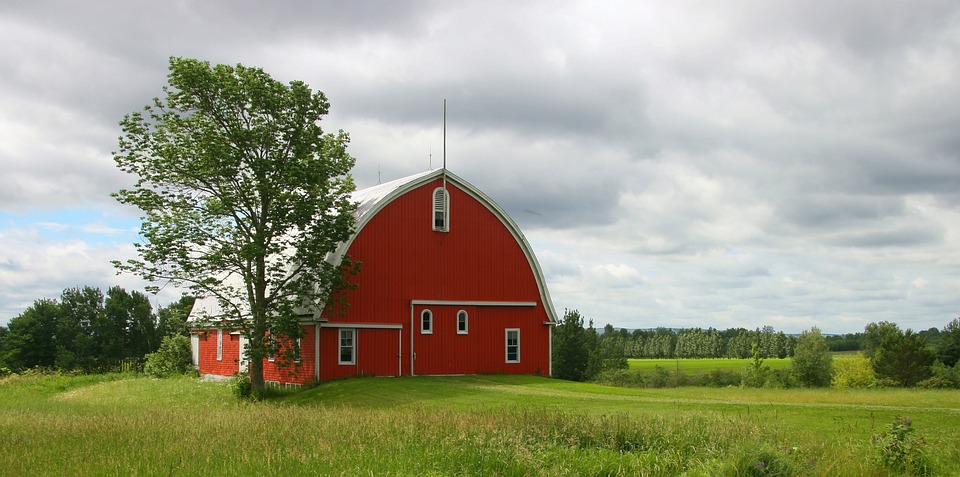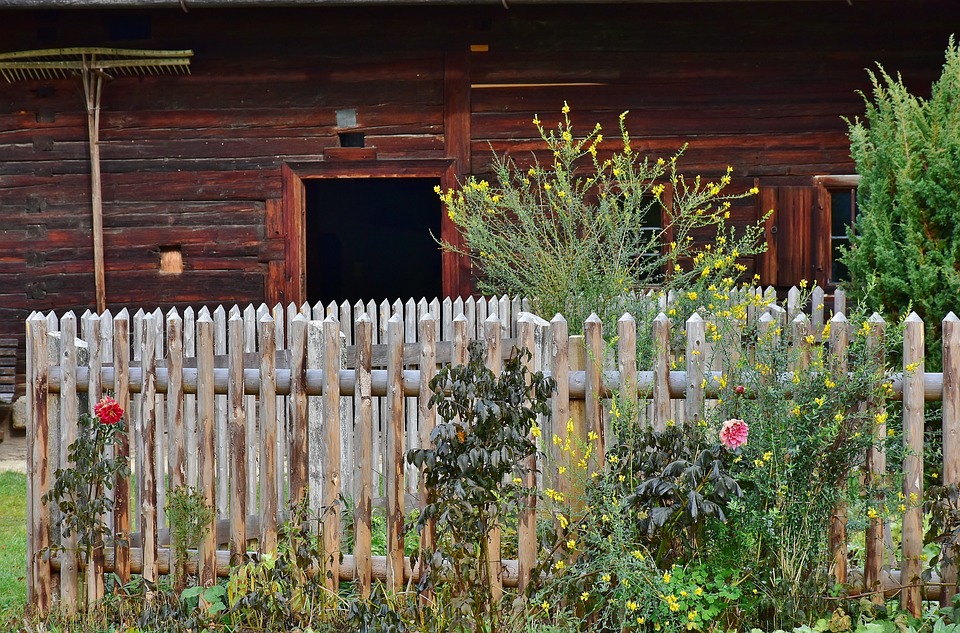Breaking the Mold: How Off-Grid Living Is Revolutionizing the Modern Lifestyle
Breaking the Mold: How Off-Grid Living Is Revolutionizing the Modern Lifestyle Picture this: a quiet sanctuary nestled among lush green trees, far away from the hustle and bustle of the city. A gentle breeze rustles the leaves, and the only sounds you hear are the songs of birds and the soothing ripple of a nearby stream. This serene environment is where I found my true sense of freedom and fulfillment – living off the grid. Today, I want to share with you how off-grid living is not just a lifestyle choice, but a revolutionary path that liberates us from the clutches of modern society and paves the way for a more sustainable and harmonious future. Living off the grid is not just about seclusion or disconnecting from modern conveniences; it’s about rediscovering our innate connection with nature and embracing a more self-sufficient lifestyle. My journey into off-grid living began when I grew tired of the relentless demands of city life. I longed for a simpler existence, where time slowed down and technology didn’t dictate my every move. That’s when I decided to break free from the mold and embark on an adventure that has transformed my life in ways I could have never imagined. One of the most remarkable things about off-grid living is the ability to generate your own power. While most people rely on the grid for their energy needs, off-gridders harness the abundant resources provided by Mother Nature. Solar panels, wind turbines, and hydroelectric systems become the backbone of our energy supply. It’s empowering to know that every time we switch on a light or charge our devices, we’re doing so with renewable energy that leaves no carbon footprint. Pro Tip: Start small with solar energy by investing in portable solar panels. They’re a great way to dip your toes into sustainable living and can be used to power small appliances or charge electronic devices during outdoor adventures. Living off the grid also means embracing a minimalist lifestyle. In our consumer-driven society, we’re often encouraged to accumulate material possessions in pursuit of happiness. Yet, I’ve learned that true joy lies in the freedom of letting go. By decluttering our lives and simplifying our needs, we rediscover the beauty of the essentials. We find joy in the little things, like a radiant sunset or the crackling warmth of a wood-burning stove. Furthermore, off-grid living allows us to prioritize sustainability and conservation. It’s a lifestyle that encourages us to reduce, reuse, and recycle. We become intimately aware of every resource we consume, evaluating its impact on the environment. Rainwater harvesting systems, composting toilets, and even graywater recycling become crucial parts of our daily routines. By making sustainability a priority, we become conscious custodians of our planet, ensuring that future generations can also thrive in harmony with nature. Pro Tip: Start a compost pile in your backyard to reduce food waste and create nutrient-rich soil for your plants. It’s a small but impactful step towards minimizing your environmental footprint. Living off the grid does not mean isolation. In fact, it often brings us closer to our community and fosters a deep sense of connection. Off-gridders know the value of collaboration and mutual support. We engage in bartering and trade with our neighbors, sharing resources, knowledge, and skills. Together, we build resilient communities that thrive on interdependence, rather than a society that emphasizes self-centered pursuits. Additionally, off-grid living encourages us to reconnect with the rhythms of nature. We rise with the sun, attuned to its gentle ascent across the sky. We sleep under a blanket of stars, serenaded by the nocturnal melodies of the wilderness. We align our lives with the changing seasons, planting and harvesting in sync with nature’s cycles. This harmony with the natural world not only brings us a profound sense of inner peace but also fuels our creativity and nourishes our souls. Pro Tip: Join local community organizations or cooperatives that promote sustainable living. By being part of a like-minded community, you’ll have a support system and a platform for sharing ideas, resources, and experiences. Living off the grid has transformed my life in ways I could have never anticipated. It has taught me the value of simplicity, self-sufficiency, and sustainability. The path less traveled has led me to a place of unparalleled freedom and fulfillment. My hope is that more individuals will embrace off-grid living, not only to break free from the shackles of modern society but also to create a positive impact on the world around us. So, if you find yourself craving a life beyond the confines of conventional living, take a leap of faith. Step out of the mold, and embrace the wonders of off-grid living. Revolutionize your modern lifestyle and unlock a world of possibility. Trust me; you won’t look back. Pro Tip: Start by making small changes in your daily life, such as reducing your energy consumption, growing your own food, or exploring sustainable modes of transportation. These incremental steps will gradually pave the way towards a more fulfilling and self-sufficient life off the grid.










